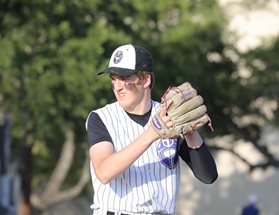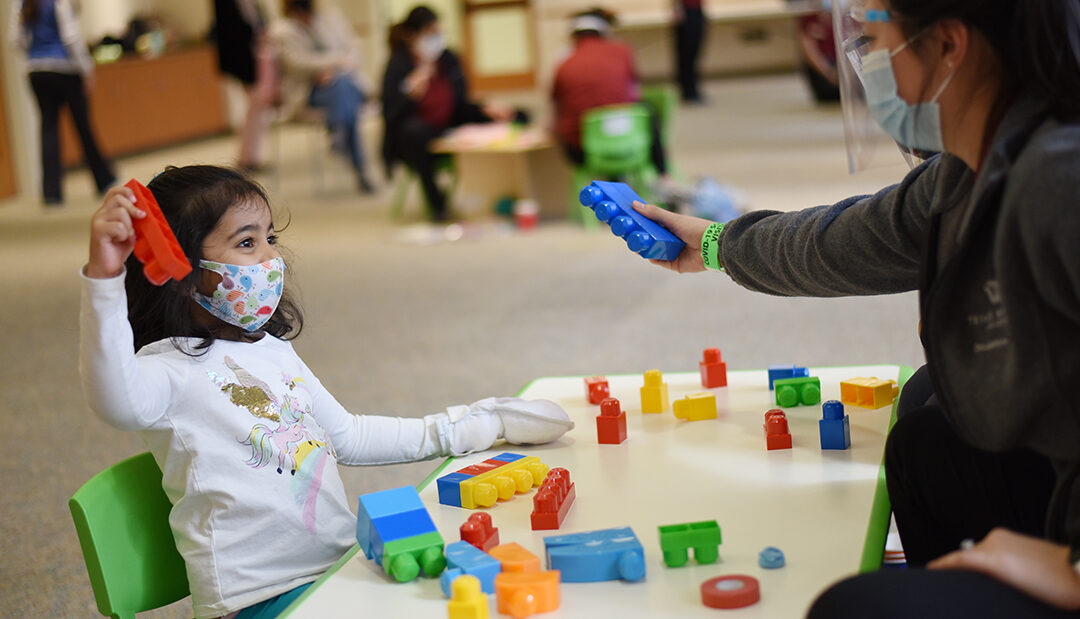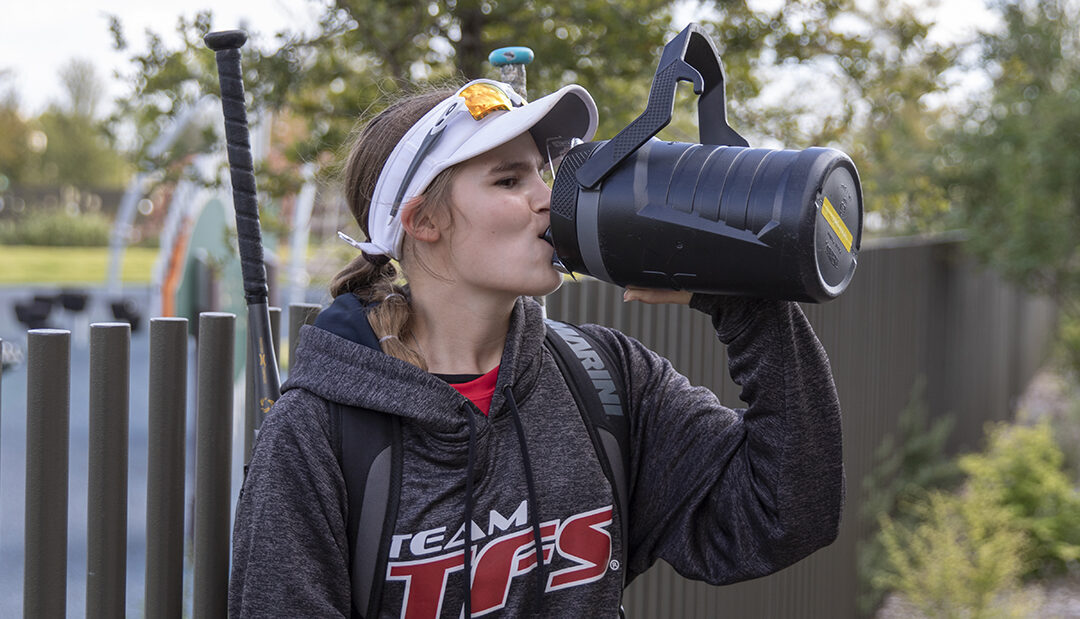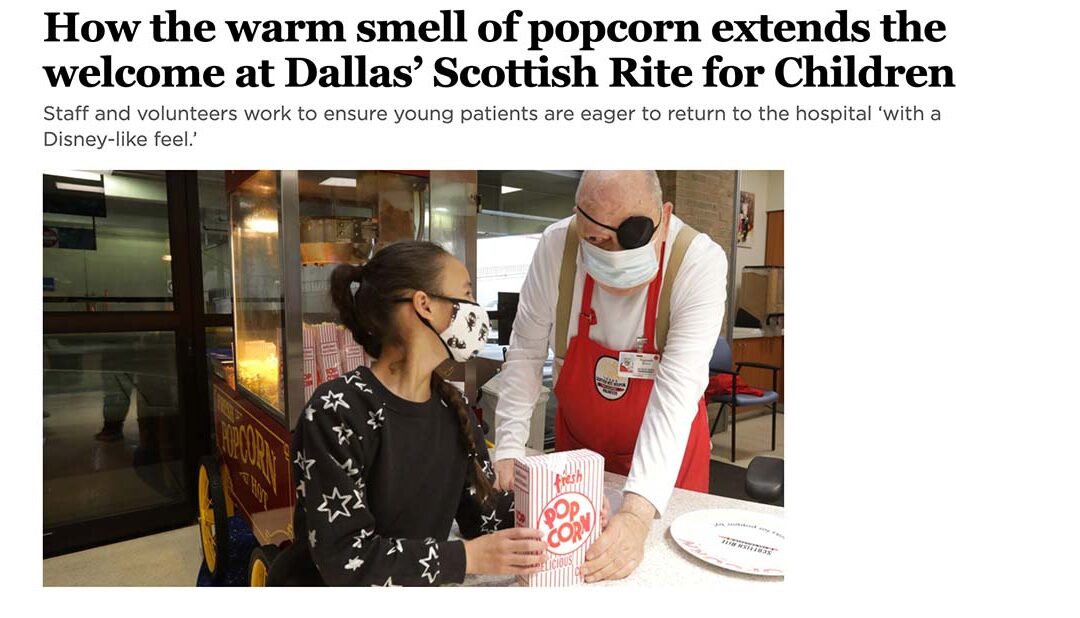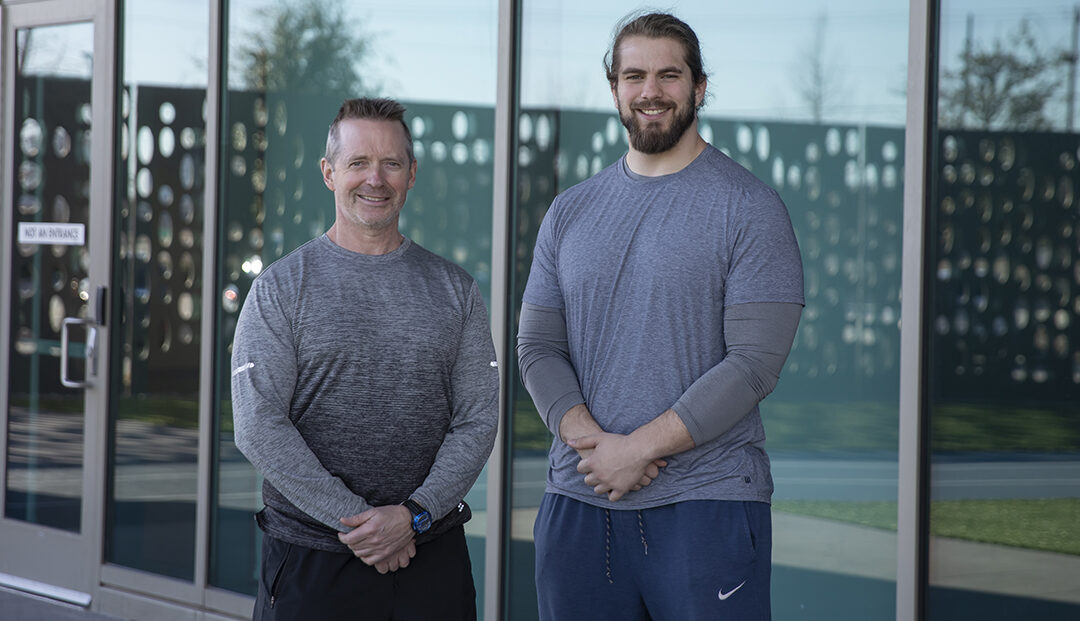
Share Your Story: A Happy Ending
Blog written by Max’s mom, Melinda.
Giving birth is one of the most exciting things a mother can experience. When our son, Max, was born, he weighed 10 pounds. We couldn’t wait to bring him home from the hospital, so we could begin getting to know him. When the pediatrician visited him in the hospital for his newborn exam, he identified that Max had symptoms of hip dysplasia. Developmental dysplasia of the hip occurs when a baby’s hip socket is too shallow to cover the head of the thighbone properly, and left uncorrected, he might experience pain when he tried to learn to walk.
Fortunately, our pediatrician recognized the issue and recommended we take Max to Scottish Rite for Children for treatment. The pediatrician’s office made our initial appointment, and Max had his first consultation when he was just a week old. As first-time parents, there was a lot we didn’t know about taking a baby to a doctor’s appointment. For example, we didn’t even pack a diaper bag because we thought we’d be home long before he needed a diaper change.
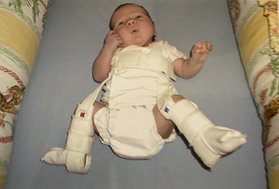
My husband and I were very nervous — we knew nothing about hip dysplasia, and we were worried about the long-term consequences. Could it be fixed? Would he eventually be able to walk? The team at Scottish Rite and our pediatric orthopedic surgeon Dr. John Birch were fantastic. They calmed our fears and answered all of our questions. During the comprehensive evaluation, they provided a private room for us to use when Max needed to nurse. They also provided us with diapers when he needed to be changed. He was a big baby — apparently his newborn diapers and T-shirt were already too small, so they gave him a new T-shirt too.
Max was fitted with a Pavlik harness that he wore 24 hours a day, except during bath time. We visited Scottish Rite weekly for several months. The doctors assessed his progress and adjusted his harness as he grew. The doctors and staff could not have been nicer or more supportive. After a couple of months, they determined that his hips had grown and developed properly, and he would no longer need to wear his harness. We returned to Scottish Rite regularly to gauge his progress. He started walking at 14 months, without any problems. We eventually moved to San Antonio but returned to Scottish Rite annually to make sure his hip and leg development was on track. We couldn’t have been happier with the support and guidance we received.
Everyone loves a happy ending, so we’re happy to share ours. Max grew and grew – he played varsity basketball and baseball during high school. He recently enrolled at Williams College in Massachusetts, where he is continuing his baseball career. He’s a 6’8 left-handed pitcher, and he can’t wait to play for the Ephs. We are incredibly grateful to the team at Scottish Rite for the compassion and amazing care we received.
